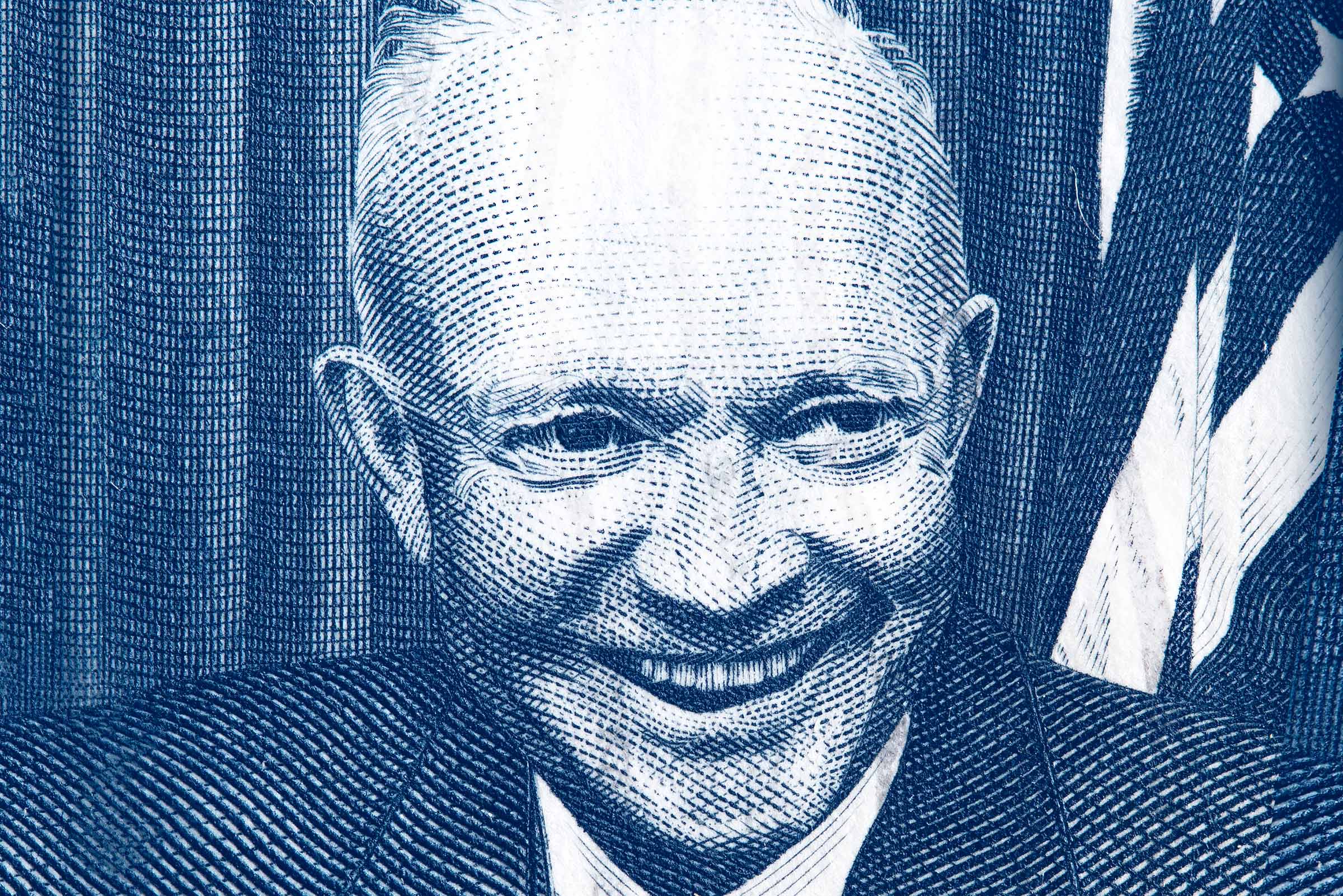Originally established in 1885 as George Washington’s Birthday, Presidents Day is now widely considered a day to reflect not just on the first president of the United States, but all those who have held the office.
Robert F. Bruner, professor and dean emeritus at the University of Virginia’s Darden School of Business, has not just reflected on these leaders, and not just for a day; he’s formally researched their qualities and delved into one of the most interesting facets of their leadership: general, prevalent optimism.

Robert F. Bruner served as Darden’s dean for 10 years before returning to the faculty. (Photo by Jane Haley)
The Caliber of Leadership
A financial economist by training, Bruner said that over his 10-year tenure as Darden’s dean, he came to vividly appreciate that the caliber of leadership, “more than finance or any other business specialty,” is essential to the success of a team and its enterprise. Now that he has resumed his professorship at Darden, his research has focused on what makes a good leader and honed in on the “compelling sample of leaders” the U.S. presidents constitute.
Bruner has almost completed a lifelong goal to read the major biographies of every president, and this reading has guided his research. He thinks it is time that we start taking the presidents at their word, so to speak, mining their memoirs and speeches for evidence of their inner thoughts and feelings.
Using a combination of techniques from both literary studies and social science to perform a “sentiment analysis,” he found that post-World War II presidents’ writings show markedly more optimism than popular literature from the same time period.
He was not entirely surprised by the result. “Pessimistic leaders anywhere are an anomaly, since pessimism can be demotivating,” Bruner said.
But optimism isn’t simply a prerequisite for leaders. Bruner, author of “Better Angels of Our Nature: Optimism in Presidential Leadership” and “Optimism in Presidential Leadership: Case of Eisenhower’s Smile,” wants to study how optimism and other attributes characterize effective leadership.
Realistic Optimism
Optimism, it must be acknowledged, is a mixed bag. It sometimes gets a bad rap among intellectuals and hard-boiled professionals, for whom rational skepticism is the preferred mental framework and mode of self-presentation. And over-optimism can lead to risky behavior and neglect of potent threats. Therefore, Bruner said, the lessons to be learned from presidential optimism must entail an attention to the kinds of challenges the leader faces, as well as ethics and purpose.

Like other leadership qualities, optimism is neither a fail-proof nor comprehensive guide to being a good leader, though it is important. While Dwight Eisenhower emerges as the most optimistic of the post-WWII presidents, his example also illustrates well another of Bruner’s findings, that there is a “modest and insignificant” correlation between optimism and one measure of a president’s legacy: his ranking by historians. President Trump’s election after a campaign of relatively negative rhetoric likewise proved to be an exception to a previous finding that nine out of 10 times, the more optimistic candidate wins – although Bruner cautioned that it is too early to draw conclusions about the newest president’s relative optimism.
Taken all together, Bruner advises leaders to practice “realistic optimism,” measured against what’s appropriate for their audience, their organization and the situation they are facing.
Tools in the Leader’s Toolkit
While Bruner’s advice clearly runs counter to Machiavelli’s assertion that it is better for a leader to be feared than loved, they have something in common: an undercurrent of pragmatism.
- Cultivated optimism: You can cultivate optimism in words and deeds; it doesn’t need to be an innate or constant personality trait. Instead of Pollyanna, think of Eisenhower’s smile. Bruner has written a paper about how it epitomized Eisenhower’s deliberate decision to exude optimism and warmth even while feeling fear, anger, fatigue and dejection. His optimism was an “emotional reinforcement” as much as a political posture. It helped him, his staff and the country as a whole remain resilient during tough times.
- Given Eisenhower’s example, it might seem contradictory for Bruner to also suggest that another key to optimistic leadership is authenticity. “Perhaps presidential optimism is authentic to something other than one’s own self,” he said. Rather, presidential optimism is “authenticity to the mission and the needs of the community. This is the kind of optimism Dwight Eisenhower was practicing.”
- Small actions: Eisenhower’s optimism was for the benefit of both his immediate community and broader public. Bruner suggests learning from his example by deliberately developing a positive work environment through “the kind of actions that speak volumes.” They can be small actions, such as greeting people, emphasizing a communal culture of openness and open doors. By exhortation and example, leaders can create an environment that moves beyond a transactional model in which each interaction is either a win or a loss, to a relational model where colleagues can feel a deeper bond to one another.
“A lot of what I’m saying I think is well-reflected at Darden,” Bruner said. “My study on optimistic presidential leadership is a manifestation of what happens at this school.”
Media Contact
Article Information
February 17, 2017
/content/us-presidential-leadership-lesson-optimism

